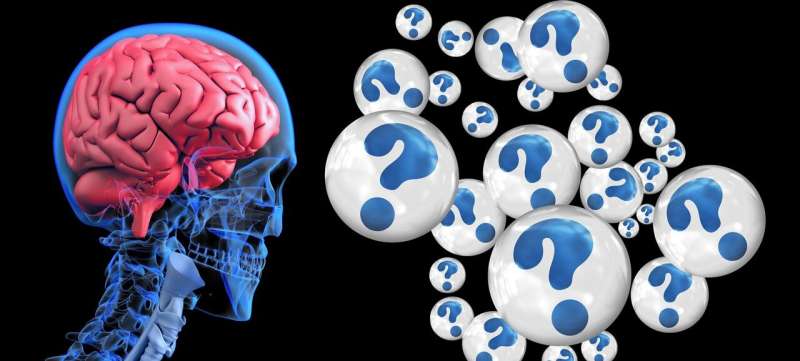Scientists reverse Alzheimer's plaque formation in animal models by boosting activity of key ion channel
Originally published by Delthia Ricks , Medical Xpress, on August 30, 2023
Credit: Pixabay/CC0 Public Domain
Losing the activity of a key ion channel in the brain may contribute to the buildup of a devastating and toxic protein responsible for the clumps of plaque that accumulate in Alzheimer's disease, a team of neurobiologists in China has found.
Stunningly, this team has also shown—at least in animal-model studies—that this protein, a key hallmark of Alzheimer's, can be diminished in the living brain by manipulating the ion channel.
The suspect protein is amyloid-beta, which becomes pervasive in the brain tissue of patients with Alzheimer's disease. Toxic, gooey amyloid-β accumulates in wads between neurons and disrupts the function of these vital brain cells. The ion channel is known simply as TRPM7, and it may contribute to the buildup of toxic amyloid-β when the channel itself ceases to function properly, according to scientists at State Key Laboratory of Medical Neurobiology, Fudan University in Shanghai.
"Toxic aggregation of amyloid-β in neurons is implicated in Alzheimer's disease pathology," asserted lead author Shimeng Zhang, reporting in the journal Science Signaling. Zhang is part of a large team conducting ongoing research into the activity of the TRPM7 ion channel at the lab in Shanghai.

Comments
Post a Comment